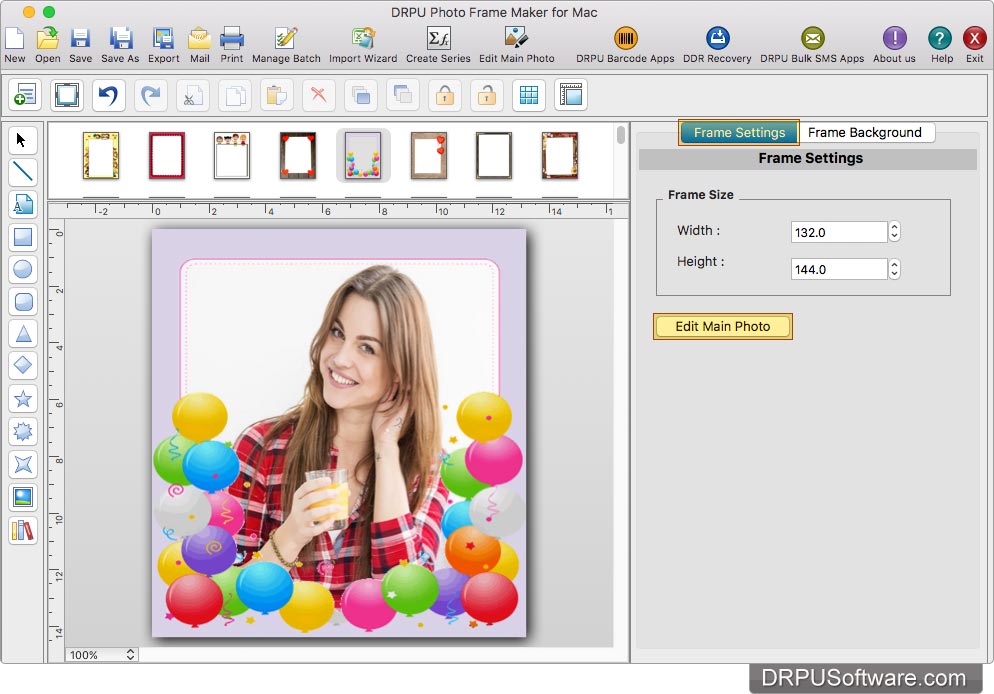
What is frame-by-frame animation called?Ĭlaymation is a form of frame-by-frame animation.

Frame-by-frame animation in Animate is similar to traditional hand-drawn cel animation where each drawing is on a separate sheet of paper, and it’s just as tedious. What is frame-by-frame used for?įrame-by-frame animation is a technique that creates the illusion of movement by making incremental changes between every keyframe. Frame-by-frame animation increases file size more rapidly than tweened animation. It is best suited to complex animation in which an image changes in every frame instead of simply moving across the Stage. How do I change the timeline in After Effects?įrame-by-frame animation changes the contents of the Stage in every frame. Choose Animation > Add Keyframe, where is the name of the property you are animating. After Effects creates a keyframe at the current time for that property value. Set or add keyframes Click the Stopwatch icon next to the property name to activate it. If you want an image sequence to play as double-frame animation, at 12 images per second, you must change its playback rate. What is frames per second in After Effects?īecause it is video, After Effects runs at 29.97 frames per second. How do I move frame by frame in Premiere? to go forward a frame, or, to go back a frame. First, press the space bar or k to pause the video. YouTube lets you step through videos frame-by-frame if you want to.
FRAMEBYFRAME MAC HOW TO
Keyboard Shortcut #6: How to Advance a YouTube Video Frame-by-Frame or Go Back a Frame. As an alternative you can hold COMMAND (Mac) or CONTROL (PC) and tap the LEFT or RIGHT arrows, to move a frame left or right in the timeline. J Nucl Cardiol 2018 25:269-97.Holding down SHIFT while tapping SHIFT UP or DOWN will move you 10 frames. Clinical quantification of myocardial blood flow using PET: Joint position paper of the SNMMI Cardiovascular Council and the ASNC. Muthy VL, Bateman TM, Beanlands RS, Berman DS, Borges-Neto S, Chareonthaitawee P, et al. Precision and accuracy of clinical quantification of myocardial blood flow by dynamic PET: A technical perspective. Moody JB, Lee BC, Corbett JR, Ficaro EP, Murthy VL. Impaired myocardial flow reserve on rubidium-82 positron emission tomography imaging predicts adverse outcomes in patients assessed for myocardial ischemia.

Ziadi MC, deKemp RA, Williams KA, Guo A, Chow BJW, Renaud JM, et al. Improved cardiac risk assessment with non-invasive measures of coronary flow reserve. Does quantification of myocardial flow reserve using rubidium-82 positron emission tomography facilitate detection of multivessel coronary artery disease? J Nucl Cardiol 2012 19:670-80.

Ziadi MC, Williams MSK, Guo MEA, Renaud MSJM, Chow MDBJW, et al. Assessing the uniformity of spill-over plots is a useful visual aid for verifying motion correction techniques.ĬAD PET image analysis image reconstruction myocardial blood flow. Adjustment of the PET attenuation map results in only marginal differences and therefore is unlikely to be an essential requirement.

FRAMEBYFRAME MAC SOFTWARE
Motion correction for dynamic rubidium data is desirable for future MBF software updates. Spill-over plots for MC and MCAC were notably more uniform compared with NC images. Differences for MCAC vs MC images were considerably smaller and typically < 10%. Median differences of 23% were seen in the RCA and 18% for the LAD in the M3 category for MC vs NC images. Polar plots of spill-over were also generated from the data. Percentage differences of MBF were calculated in the coronary territories and 17-segment polar plots. MBF data were compared for non-motion corrected (NC), motion-corrected-only (MC) and with adjustment of the attenuation map (MCAC). Data were divided equally into three groups of motion severity. This work evaluated a motion correction algorithm with and without adjustment of the PET attenuation map.įrame-by-frame motion correction was performed by three users on 30 rubidium-82 studies. Patient motion during pharmacological stressing can have substantial impact on myocardial blood flow (MBF) estimated from dynamic PET.


 0 kommentar(er)
0 kommentar(er)
